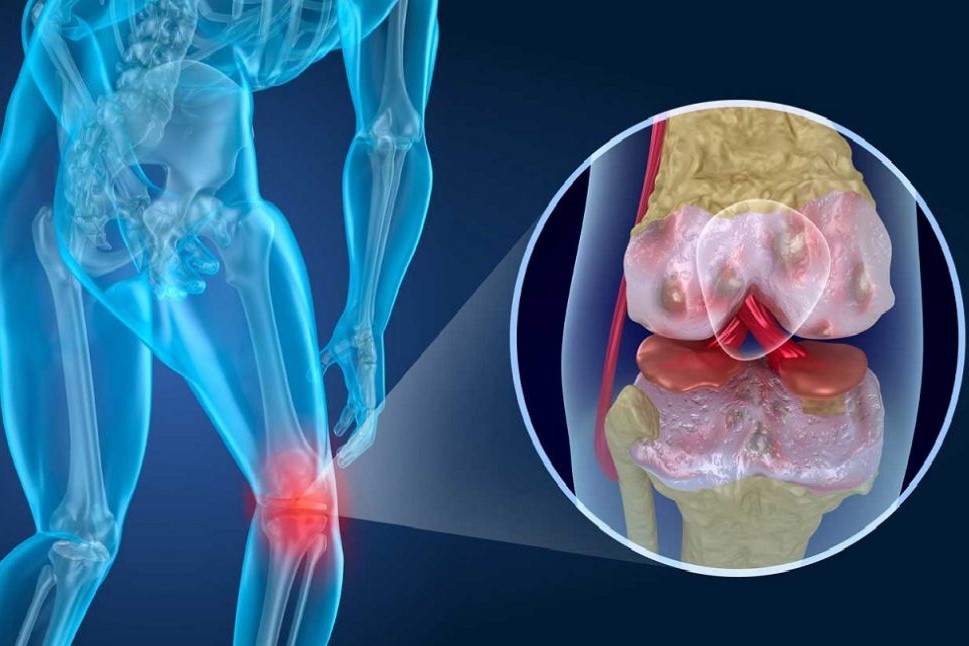
Rheumatic diseases: what are they, how do they manifest themselves, how are they treated?
Rheumatic diseases are pathologies characterised by inflammation of joints, ligaments, tendons, bones or muscles, and in some cases may also involve other organs
If not diagnosed and treated early, they can lead to loss of function of the inflamed structures.
Currently, more than a hundred are known; these include rheumatoid arthritis, systemic lupus erythematosus, scleroderma, spondyloarthropathies, polymyositis and dermatomyositis, and Sjögren’s syndrome.
Some are classified as connective tissue diseases (connectivitis), while others fall under inflammatory joint diseases (arthritis).
They can affect any age, even children, and are generally more frequent in women.
What are the causes of rheumatic diseases?
Underlying rheumatic diseases is a combination of genetic and environmental factors.
Although one may be born with a predisposition to them, it usually takes an external stimulus for the first symptoms to start appearing.
Environmental factors involved in the onset of rheumatic diseases include viruses, such as the Epstein-Barr virus that appears to be responsible for the onset of systemic lupus erythematosus.
In addition, the higher incidence in the female population has led to speculation that hormones may also play a role in the development of these diseases.
What are the symptoms of rheumatic diseases?
The most common symptoms of rheumatic diseases depend on the affected site.
For example, they can manifest as arthritis (pain, swelling and stiffness of the affected joints), symptoms of internal organ involvement (e.g. difficulty breathing, inability to swallow food, kidney failure) and symptoms of systemic inflammation such as fever and excessive tiredness.
How can rheumatic diseases be prevented?
There is no way to prevent the development of rheumatic diseases, but a healthy lifestyle characterised by a balanced diet and regular physical activity can help counteract their occurrence.
Diagnosis
Diagnosis of rheumatic diseases can be made difficult by the fact that symptoms are common to several diseases.
This requires an examination by a rheumatology specialist, who may deem it appropriate to prescribe one or more of the following tests
- blood tests
- urine tests;
- synovial fluid tests;
- X-rays;
- joint ultrasound scans;
- CT SCANS;
- magnetic resonance imaging;
- arthroscopy;
- capillaroscopy.
Treatments
In the case of rheumatic diseases, treatment is based on taking medication to improve symptoms and keep the disease under control.
The drugs prescribed depend on the type of rheumatic disease and the specific situation of the patient.
Among the most commonly used are analgesics, anti-inflammatory drugs, corticosteroids, DMARDs (also called ‘background drugs’) and biological drugs.
In addition to drugs, therapy includes:
- regular physical activity;
- a balanced diet;
- reduction of stress factors;
- rest;
- sun protection.
Surgery may be necessary when the disease damages a joint, as in the case of isolated arthritis or arthritis associated with connective tissue disease.
Read Also:
Emergency Live Even More…Live: Download The New Free App Of Your Newspaper For IOS And Android
Symptoms Of Rheumatic Diseases And The Importance Of Prevention
Rheumatoid Arthritis: Staging, Course And Treatment
How To Lower High Blood Sugar?
Mindful Eating: The Importance Of A Conscious Diet
Joint Pain: Rheumatoid Arthritis Or Arthrosis?
Arthrosis: What It Is And How To Treat It
Juvenile Idiopathic Arthritis: Study Of Oral Therapy With Tofacitinib By Gaslini Of Genoa
R. Diseases: Arthritis And Arthrosis, What Are The Differences?
Rheumatoid Arthritis: Symptoms, Diagnosis And Treatment
Rheumatic Fever: Causes, Symptoms, Diagnosis, Treatment, Complications, Prognosis


